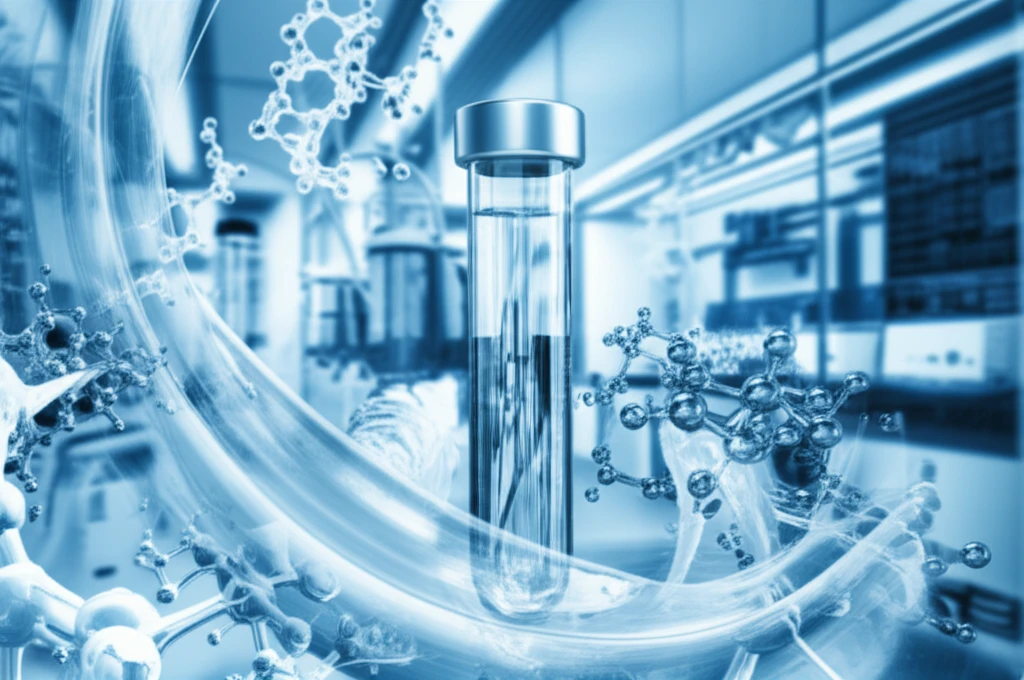
Unlocking the Secrets of Your Health: How Sample Storage Can Impact Your Results
"Understanding the Subtle Yet Significant Role of Sample Storage in Medical Testing: Ensuring Accuracy from the Lab to Your Diagnosis."
In the intricate world of medical testing, the journey of a sample from your body to a laboratory is a carefully choreographed process. From the moment your blood is drawn or a tissue sample is collected, a race against time begins. Every step, every condition, plays a critical role in ensuring the accuracy and reliability of the results. One of the most critical factors often overlooked is the way in which these samples are stored. The temperature, duration, and handling of a sample can significantly influence the outcomes of your medical tests, ultimately impacting your diagnosis and treatment.
Imagine a scenario where a simple blood test could be affected by how long it sat on a shelf or the temperature of its environment. These subtle factors can cause significant shifts in the levels of the substances being measured, leading to results that may not accurately reflect your health status. Understanding the science behind sample storage and its impact is vital. This knowledge empowers you to ask informed questions, understand potential limitations, and ultimately advocate for the most accurate and reliable healthcare possible.
This article will uncover the critical aspects of medical sample storage, its impact on test results, and the measures laboratories take to maintain accuracy. We'll explore the effects of temperature, time, and handling on different types of samples, and the ways in which these factors can alter test outcomes. This information is essential for everyone, from patients seeking answers to medical professionals striving for the best possible care, ensuring that your health data remains trustworthy and dependable.
The Delicate Dance: How Temperature and Time Influence Sample Stability

The storage of biological samples is far from a simple matter of 'put it somewhere safe.' Instead, it's a complex interplay of biological chemistry, where every degree of temperature and every passing minute can initiate changes that affect the integrity of the sample. When samples are not stored properly, it can lead to degradation, alteration, or even complete breakdown of the substances being analyzed. This directly affects the test results and can lead to inaccurate diagnoses and inappropriate treatments.
- Refrigeration (4°C): Often used for short-term storage of samples like blood or urine, usually for a few days. It slows down metabolic processes but is not suitable for extended storage.
- Freezing (-20°C): Suitable for longer-term storage. Often used for storing samples for several weeks to months. It helps prevent most enzymatic reactions but can lead to ice crystal formation and cell damage.
- Ultra-low Freezing (-80°C): This is the gold standard for long-term storage of many biological samples. It drastically slows down all chemical reactions and helps preserve the sample's integrity for years. This method is essential for maintaining the stability of complex biological components like DNA and proteins.
Empowering Your Health Journey: A Call for Transparency and Informed Decisions
Understanding the influence of sample storage on test results is critical in today's healthcare environment. As we continue to advance in medical science, the reliability of every step in the diagnostic process becomes even more critical. We hope this exploration has provided a clearer picture of the intricate processes involved in medical testing and empowered you to approach your health with greater understanding and confidence. Asking questions, seeking clarification, and staying informed are invaluable tools. By actively engaging in your healthcare, you can help ensure that every result contributes to a healthier, more informed you.
